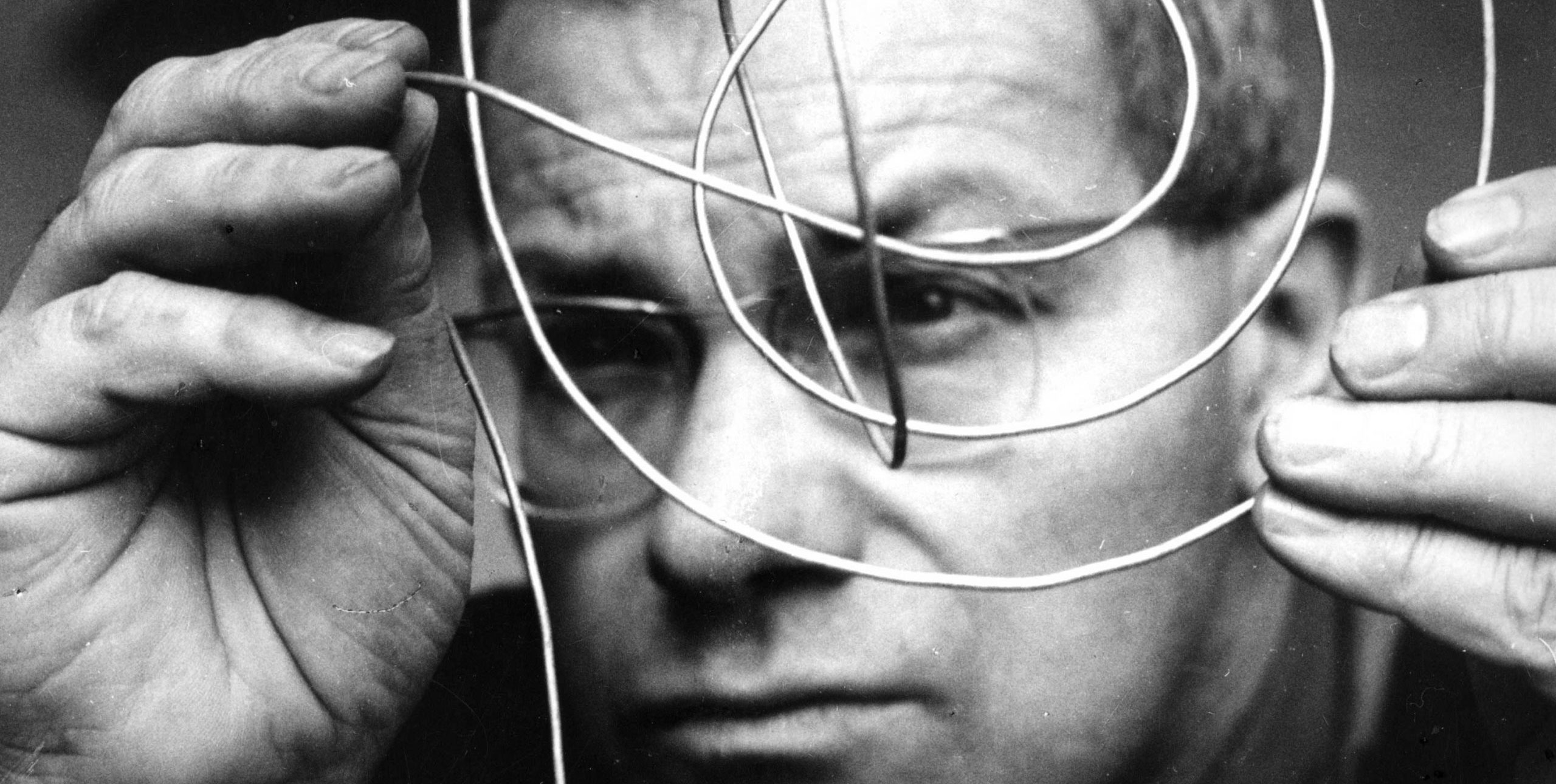It's worth taking a look once again at the state of typography today. When one does this as an outsider, who occupies himself more with the stylistic characeteristics of the epoch than with the ephemeral manifestations of momentary fashion, and if one sees in typography primarily a means of creating cultural documents, th[e]n one can impartially deal with the problems which grow out of typographic material, their suppositions and their design.
Recently, one of the well-known typographic theorists remarked that the "neue typografie," which had enjoyed increasing popularity from 1925 until 1933 in Germany, had been primarily used for printed advertising matter and that it was obsolete today; for the design of normal printed matter, such as books and, above all, literary works, it is unsuitable and should be abandoned.
This thesis, seemingly supported to the uninitiated by shabby argumentation, has been causing trouble here for several years now and is all too well known. It is the same thesis that is held up against every new artistic development. This either comes from an earlier advocate of the direction now under attack or from a fashionable convert, when they themselves have lost their vigor and belief in the future, and retreat back to the "tried and true." Fortunately there are always young forces who don't blindly surrender to such argumentation and who look forward to the future. They search unwaveringly for new possibilities and furthere develop the principles already gained.
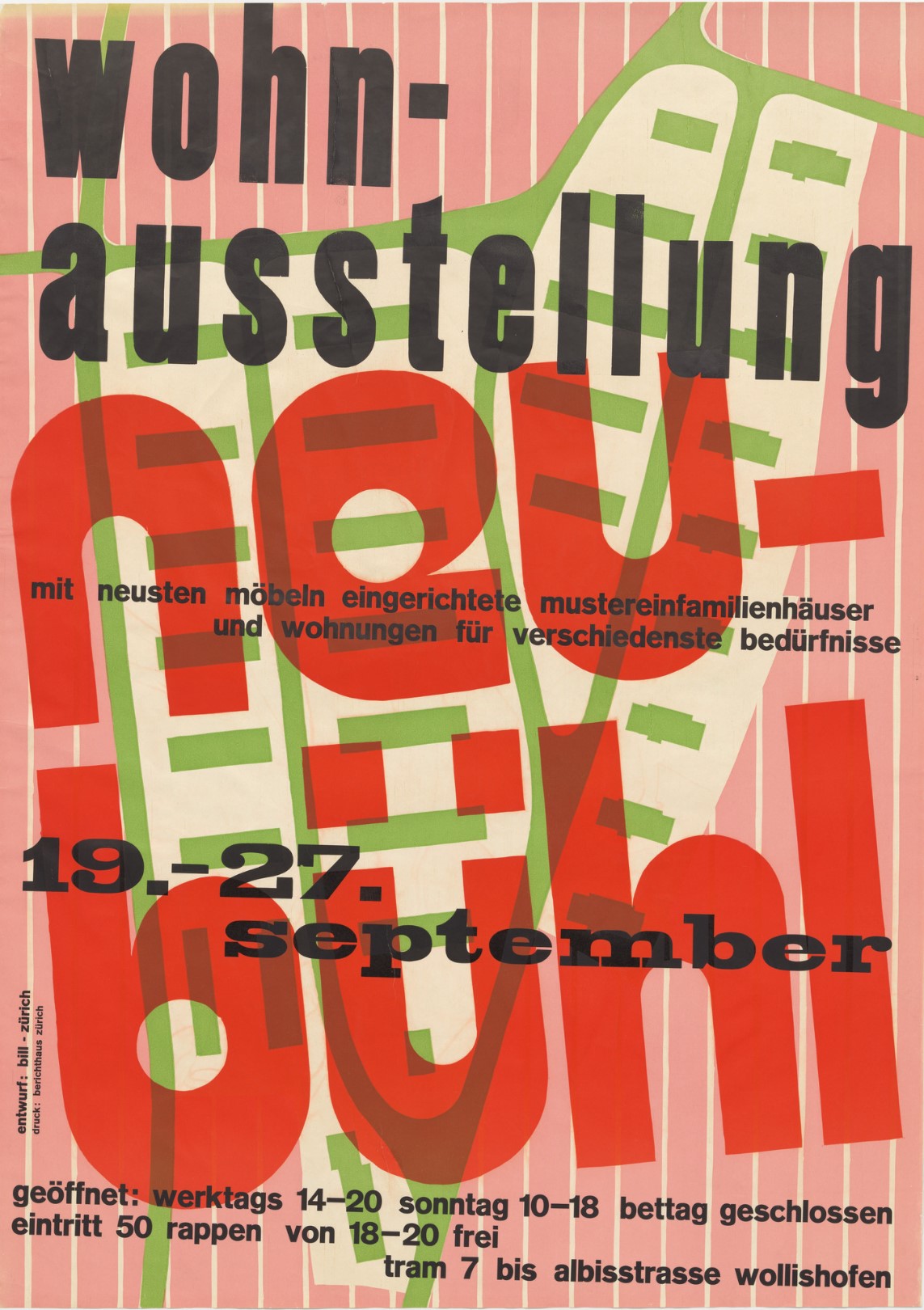

We witness opposing currents in every area, above all in the arts. We know painters, who, after an interesting beginning that logically arises out of a contemporary view of the world, began to express themselves later in reactionary forms. Above all we know this development in architecture, where instead of following available progressive knowledge and further developing architecture, decorative solutions are sought on the one hand while opening up to each and every reactionary undertaking on the other hand, the most striking of which we know all too well by the name "heimatstil" [vernacular style].
All these people claim to have taken that which was present in 1930 at the onset of a new
development and to have developed it furtehre t oa modern direction valid today. They glance
haugtily down upon (in their view), "those left behind," since for them the questions and
problems of progress are settled until a new fashionable manifesto is found.
Nothing is easier today than realizing that these people are fooling themselves, just as we
repeatedly did in the course of the last few years. They fell victim to clever "propaganda culture" and became proponents of a direction which has conspicuously led to a debacle, above all a political one. They represented themselves as "progressive" and unknowingly became the victims of a spiritual infiltration useful to every reactionary current. Nothing could be worse today than to continue to intellectually support those followers of "progress." Instead, their right should be taken away to defame those who have also offered resistance in the intellectual-artistic area, further developing their theories and the resulting work, as in typography.
It would be idle speculation to discuss the issue, if this was "back-to-theold-typeface-epidemic" were not increasingly spreading. It's worth pursuing the reason for this development. Few professions are so receptive to simple schematic rules, with which they can work with maximum safety, than that of the typographer. He who produces this "recipe" and understands how to surround it with the appearance of being right, determines the direction which holds sway for a time over typography. One must clearly keep this in mind when viewing the current state of things, above all in Switzerland.
Every posited theory that is fixed and unchangeable contains the inherent danger of becoming inflexible and blocking development over time. But it is very unlikely that the so-called "asymmetric" or organically formed text layout would be more quickly obsolete through progress than the mid-axis type, which primarily corresponds to a decorative and non-funcitonal view of things. Fortunately, we have liberated ourselves from the renaissance model and do not want to return to it again; rather, we want to take advantage of this liberation and its potential. The lack of principle in the old model has been conclusively proven – more convincingly than the return to this model.
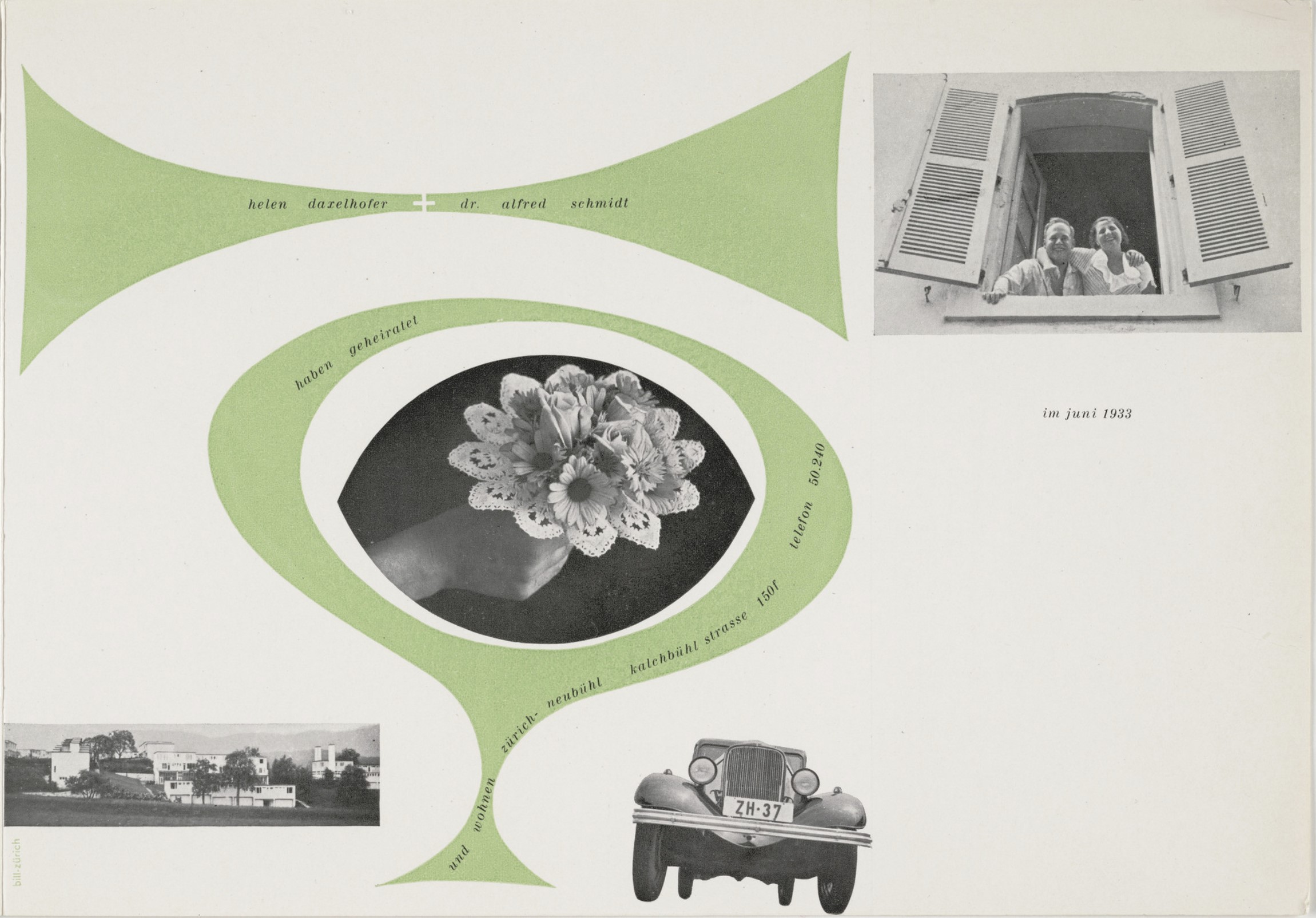

Experience teaches that modern typography was on the right path in 1930.Unfortunately, it is often the typographers themselves who lose their way and not just theirtheorists. This must be clearly stated. Many typographers would like to be something "better," intheir opinion, than a typographer. They would like to be graphic designers or artists, cerate typefaces, and compose drawings and linoleum cuts. And certainly there is no reason to object a typographer wanting to be an artist. Buto ne can unfortunately see in most cases that he never moves beyond mediocrity when leaving his inherent working basis. For typography itself is, in its purest form, highly suitable for producing artistic work.
Typography is the design of the text, in a similar way as modern concrete art is the design ofsurface rhythms. These text images consist of letters, which form words. The relationships anddifferences in size among the letters and the various type sizes are precisely determined. In no other commercial art profession does there exist such a mass of precise givens for design as in the typography branch. This precise base material determines the character of typography.If we view this base material more exactingly, then we can observe that it is suited for the development of an exact rhythm that expresses itself in calculable proportions constituting the appearance of the printed articles and presenting the characteristic aspect of graphic art. To achieve consistently satisfying results with this mathematically exacting material that stands in blatant opposition to the arbitrariness of the written word-image and lend it a perfect form, is not always so easy. Yet this remains the goal of every typographic-artist enterprise.
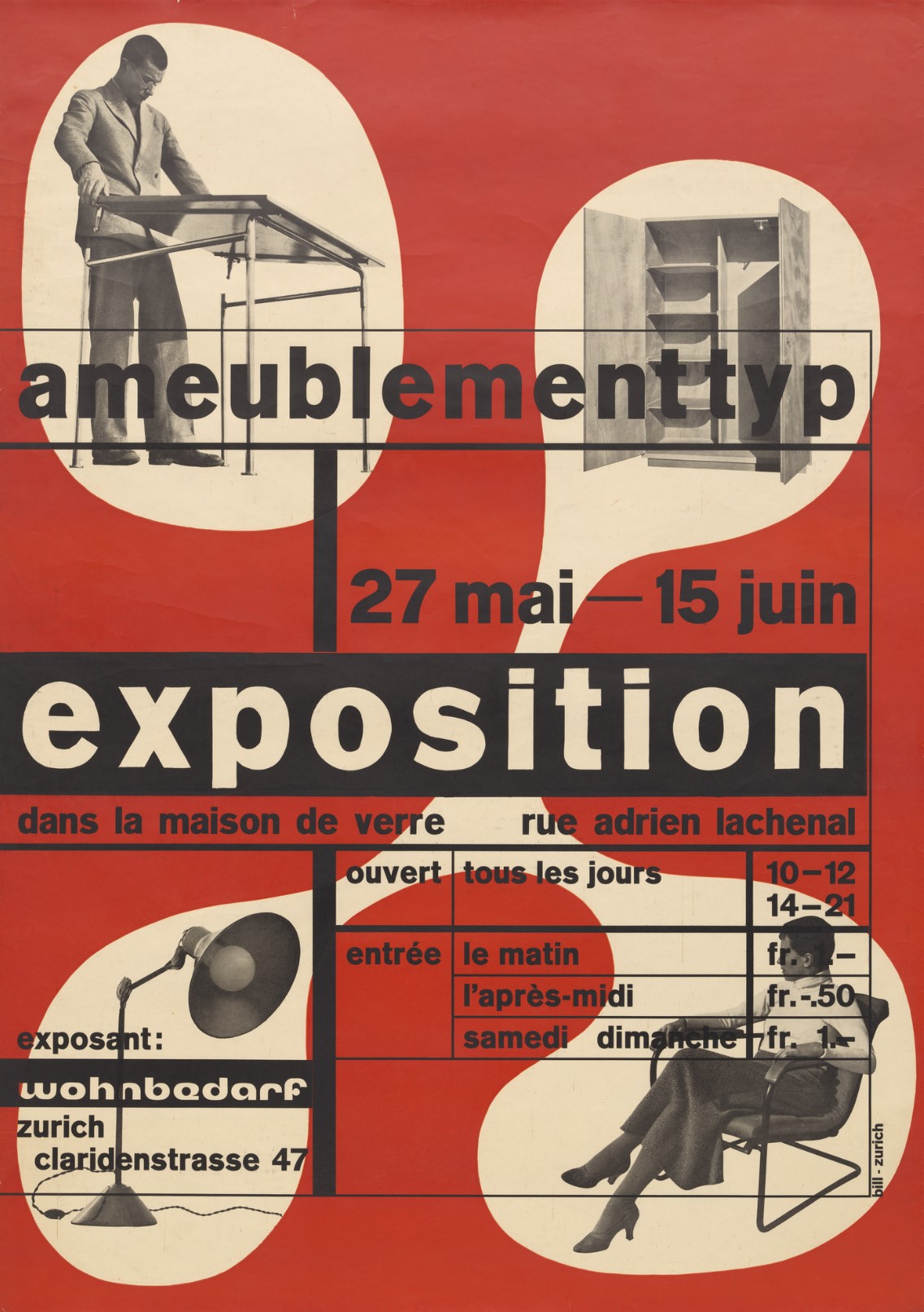

For, above all the requirements of language and legibility must be fulfilled before purely aesthetic deliberations can find attention. A text-image will always be most perfect when it harmoniously connects a logical visual path with typographical and aesthetic parameters. Typography that is developed solely out of the given circumstances, meaning it works in an elementary manner with the base constituents of typography, we call "elementary typography." When this typography is also directed towards designing text such that it becomes a living text organism, void of decorative trimmings and torment, then we would like to call it "functional" and "organic typography." What this then means is that all factors should be equally fulfilled – the technical, economical, functional and aesthetic requirements – and influence the text collectively.
The transformation from the "neue typografie" in 1930 to the functional typography of our day can be seen through a variety of factors: the disappearance of thick rules and liens, large dots, over-sized page numbers and similar attributes – all characteristic and fashionable ornaments ofthe past. These attributes later proved themselves useful for a time as fine lines in order to order and accent the typeface. All of these elements are unnecessary and superfluous today when the text itself is correctly organized and when the word groups work together with the right proportions. This is not to say that such ornamentation should in principle be eliminated. It is generally just as necessary as any other form of ornament and by its omission the typographictext gains in simple spatial excitement and quiet self-same clarity.
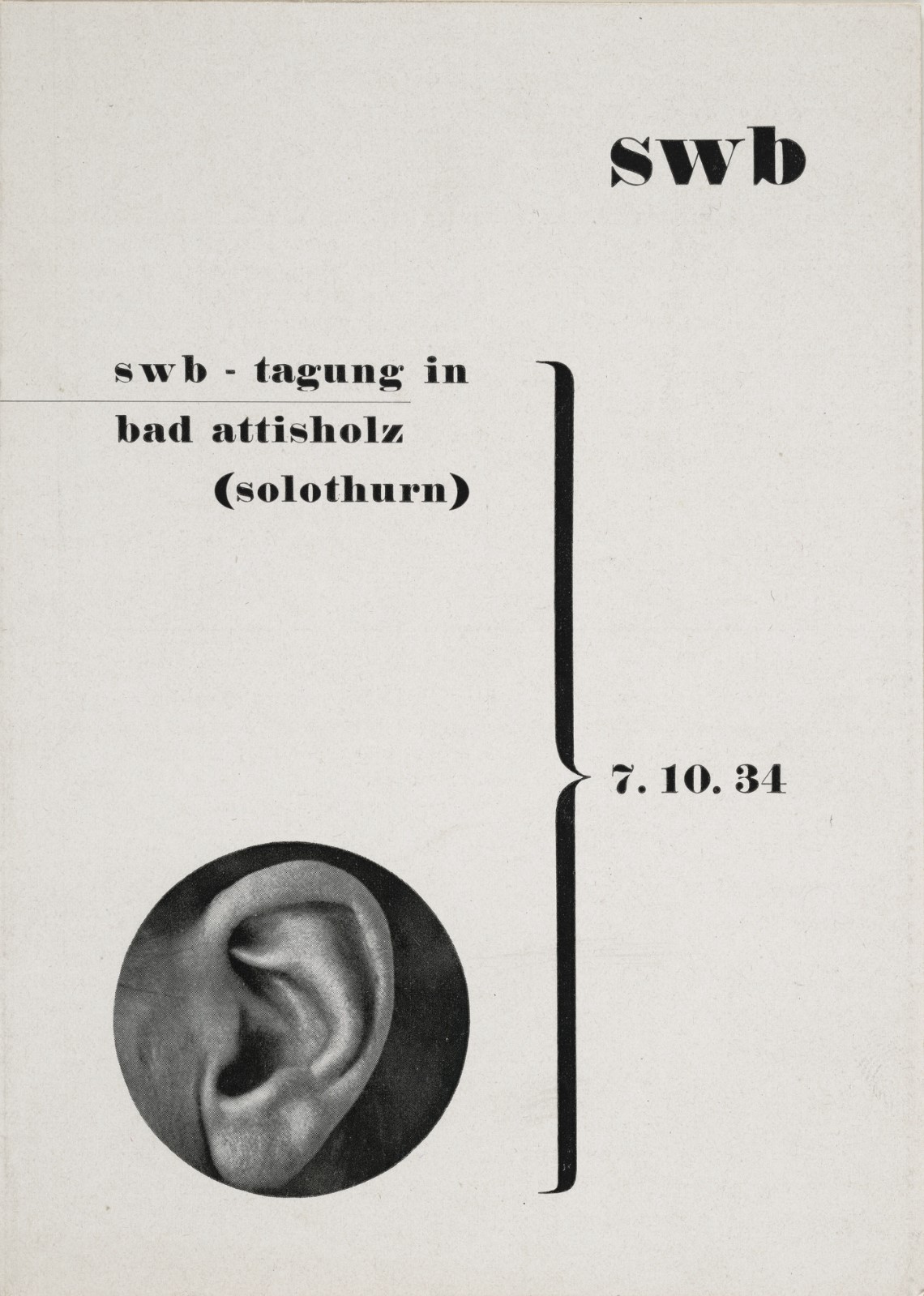

Opponents of functional typography claim that the common text image, the mid-axis text possesses exactly this internal clarity itself and that, above all, in book typography any departure from the norm is reprehensible. They retreated to the "traditional" book and claim that a book must be created within the style of its time. In any case they make use of principles form the past, with the aid of various typeface mixtures and the use of antiquated decoration and ornamental lines (which we call "ornament by the meter" in architecture because it is produced that way). In this way a "new" fashion-oriented typography is being propagated, a kind of typographic "heimatstil" [vernacular style], which is even being used for modern and progressive books produced with contemporary typesetting machinery. We regard such a course as reprehensible. Not only is the argumentation often inapplicable (for example with Plato, Confucius, etc.), where in books must be printed in the style of their day (Schiller and Goethe in the style of the last century, for example); but, it discloses a clear fear of the problems and consequences which arise out of a functional typography. This is a flight into the conventional as an expression of a backwards-oriented historicism.
What would one think though about an electrician who declares one day that a petrol lamp is cozier, more comfortable and aromatic than an electric lamp? Certainly we would defend ourselves if someone wanted to turn back technical developments 100 to 200 years in order to lead us back to the lifestyle of an earlier time. Such a mad dash through antiquity would disappear quickly; one would recognize the advantages of the technical potentialities and the resulting logically arising forms as well as their artistic expressiveness. One would arrive at the insight that progress really does come from moving forwards and that one can never call something progress which comes from turning back, such as has been done with partial success in recent years.
Several examples are provided here which should show the path by which functional andorganic typography can proceed. In each case it was the intention to establish a logicalconstruction with the resulting expression in a harmonious whole, which clearly and distinctly corresponds to the technical and artistic possibilities of our time.
Font: Baskerville
